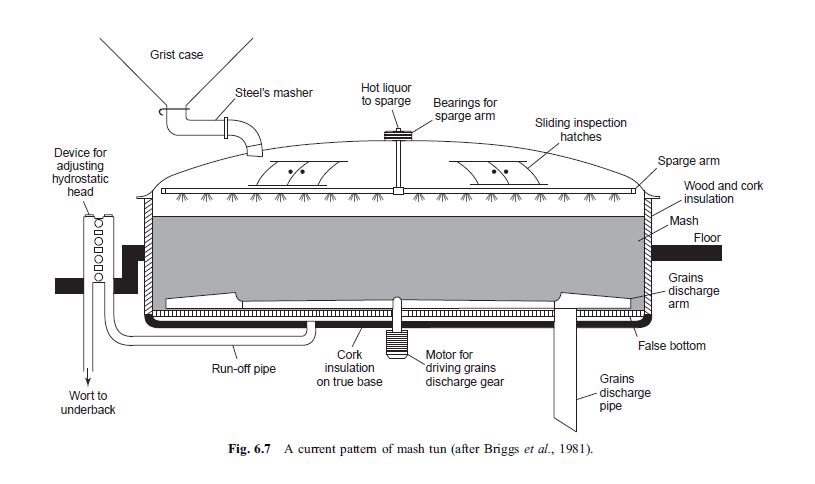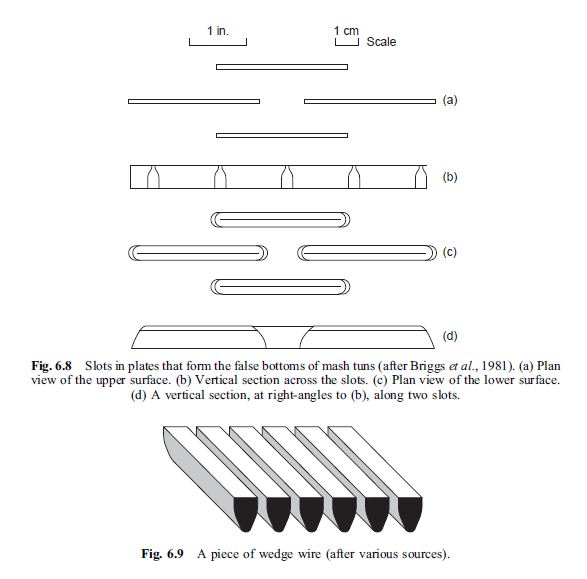jerryblack
Member
- Joined
- Aug 19, 2014
- Messages
- 6
- Reaction score
- 0
Hello friends
I'm building a stainless steel mash tun 1.5 bbl of 22 "wide and 47" high. I wanted to know if I'm going to have problems with the mash because it is narrow and how can i solve the problem?
Thank you
I'm building a stainless steel mash tun 1.5 bbl of 22 "wide and 47" high. I wanted to know if I'm going to have problems with the mash because it is narrow and how can i solve the problem?
Thank you




















![Craft A Brew - Safale BE-256 Yeast - Fermentis - Belgian Ale Dry Yeast - For Belgian & Strong Ales - Ingredients for Home Brewing - Beer Making Supplies - [3 Pack]](https://m.media-amazon.com/images/I/51bcKEwQmWL._SL500_.jpg)






































